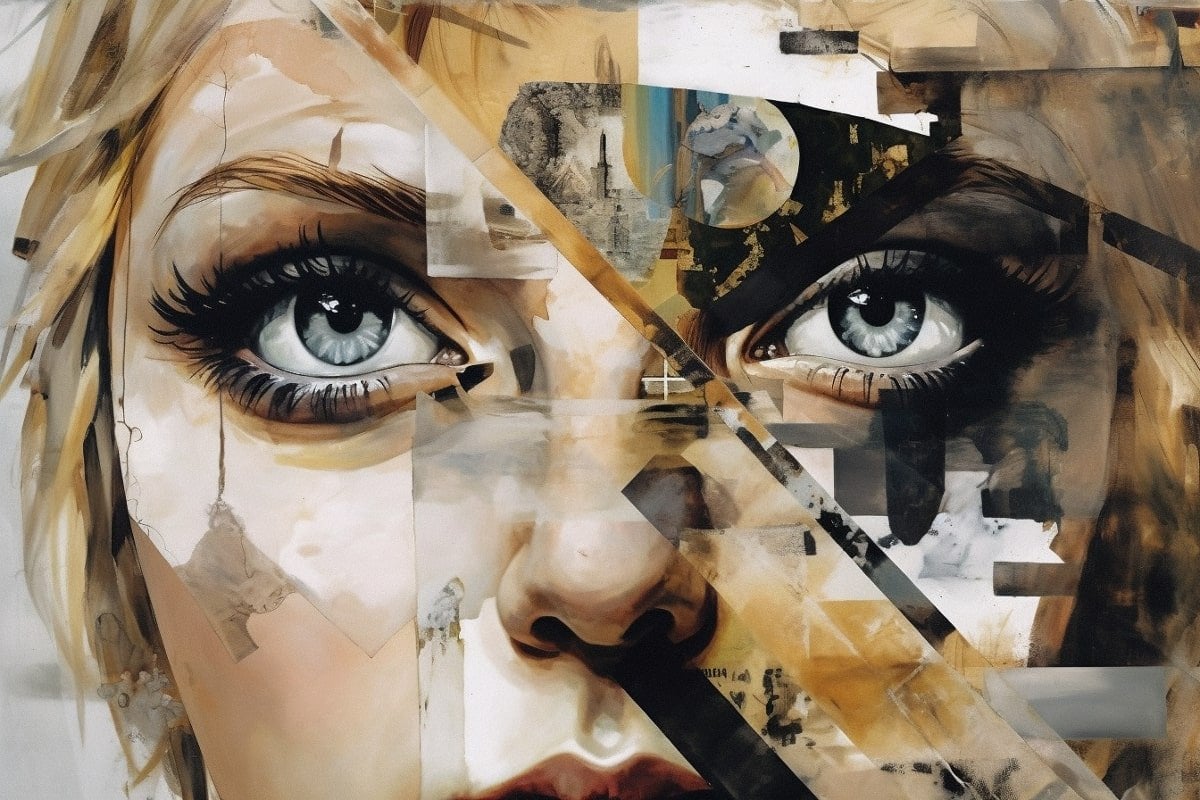Summary: Our past experiences influence our current perceptions. The brain’s visual bias merges past and present stimuli, resulting in a perception that is often a distorted representation of reality.
This phenomenon, explored with the help of EEG signals, demonstrates that the occipital cortex retains traces of past images, intensifying perceptual bias. This research underlines the brain’s role not only as a receptor but also a constructor of reality.
Key Facts:
- Our perception of an object’s size can be influenced by previously viewed objects, according to a study by SISSA.
- EEG signals revealed that the visual part of the brain, the occipital cortex, retained traces of past images, strengthening the perceptual bias.
- The brain combines present sensory information with past data, essentially creating an ‘average’ of past and current images, thus constructing its own version of reality.
Source: SISSA
When observing an object, what we see might not be an accurate representation of its actual size. Instead, our perception might be influenced by previously viewed objects – a large object might make the subsequent one seem bigger than it is, and vice versa for a small object.
This visual bias is linked with early visual-evoked brain activity and is driven by the residual information retained by neural populations in our brain’s basic visual analysis levels. In essence, what we see is an ‘average’ our brain creates between what’s happening before our eyes and what has occurred in the past.
Recently published in the Journal of Neuroscience, this research reaffirms an intriguing concept in neuroscience: our perceptions are often distorted representations of the external world, rather than faithful reproductions.
Researchers Michele Fornaciai, Irene Togoli and Domenica Bueti from Scuola internazionale Superiore di Studi Avanzati (SISSA) suggest that this bias arises from a mismatch between our brain’s limited computational resources and the multitude of stimuli bombarding our senses.
This distortion helps our brain find regularities, making the external world more predictable and manageable.
One such perceptual distortion involves seeing similarities between stimuli presented in succession. For example, our judgment of a group of objects’ numerosity may be skewed based on the number of objects we’ve seen before.
The neural mechanisms behind this perceptual bias remain a subject of ongoing investigation.
To study this phenomenon, the SISSA team asked volunteers to watch sequences of simple black-and-white dots on a computer screen, and then estimate their number, size, and display duration.
The scientists observed that perception was indeed influenced by previously viewed images. EEG signals revealed that the occipital cortex, the visual part of the brain, retained traces of past images, and the stronger this trace, the more pronounced the perceptual bias.
These results highlight an essential aspect of perceptual history bias: our brains combine current sensory information with past information, creating an ‘average’ of the past and present images at the earliest stages of visual analysis.
These findings underscore our brain’s role not merely as a mirror of reality, but as a constructor of reality, where our perception is partially based on our expectations and past experiences.
About this perception and neuroscience research news
Author: Donato Ramani
Source: SISSA
Contact: Donato Ramani – SISSA
Image: The image is credited to Neuroscience News
Original Research: Closed access.
“Perceptual history biases are predicted by early visual-evoked activity” by Michele Fornaciai et al. Journal of Neuroscience
Abstract
Perceptual history biases are predicted by early visual-evoked activity
What we see in the present is affected by what we saw in the recent past. Serial dependence – a bias making a current stimulus to appear more similar to a previous one – has been indeed shown to be ubiquitous in vision.
At the neural level, serial dependence is accompanied by a signature of stimulus history (i.e., past stimulus information) emerging from early visual-evoked activity. However, whether this neural signature effectively reflects the behavioural bias is unclear.
Here we address this question by assessing the neural (electrophysiological) and behavioural signature of stimulus history in human subjects (both male and female), in the context of numerosity, duration, and size perception.
First, our results show that while the behavioural effect is task-dependent, its neural signature also reflects task-irrelevant dimensions of a past stimulus, suggesting a partial dissociation between the mechanisms mediating the encoding of stimulus history and the behavioural bias itself.
Second, we show that performing a task is not a necessary condition to observe the neural signature of stimulus history, but that in the presence of an active task such a signature is significantly amplified.
Finally, and more importantly, we show that the pattern of brain activity in a relatively early latency window (starting at ∼35-65 ms after stimulus onset) significantly predicts the behavioural effect.
Overall, our results thus demonstrate that the encoding of past stimulus information in neural signals does indeed reflect serial dependence, and that serial dependence occurs at a relatively early level of visual processing.








